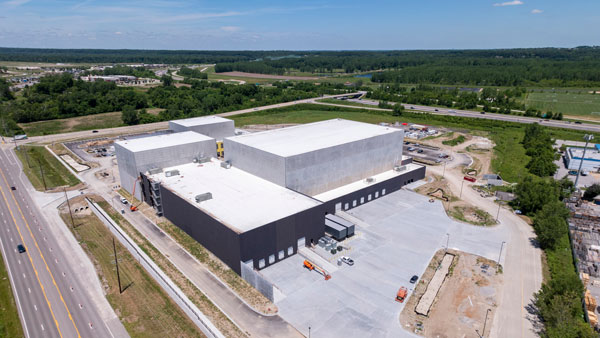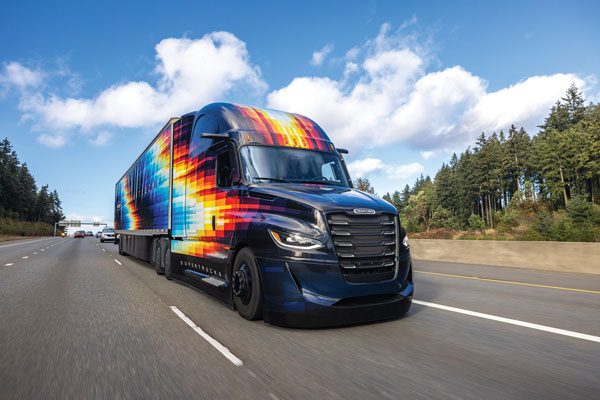|
Boeing this month released its 2024 Commercial Market Outlook for China, following the release of its global Commercial Market Outlook and 2024 Pilot and Technician Outlook at the Farnborough International Airshow in July. “China's commercial fleet will grow 4.1% annually, from 4,345 to 9,740 airplanes by 2043, and its annual passenger traffic growth of 5.9% will exceed the global average of 4.7%, according to the CMO,” said Boeing. “Passenger volumes will receive a boost as airlines grow their networks by connecting major hubs to smaller cities.” Meanwhile, China’s freighter fleet will nearly triple, driven by e-commerce, the report said.
“Chinese carriers will need aviation services worth $780 billion to support the growing fleet, including digital solutions, maintenance and modifications,” said the report, noting that Boeing itself contributes more than $1.5 billion annually to the Chinese economy. “Its airline industry will need to hire and train nearly 430,000 new personnel to support new pilots, maintenance technicians and cabin crew.” That will be part of nearly 2.4 million new commercial pilots, technicians and cabin crew needed by 2043 globally. “This is a challenging and inspiring era for aviation,” said Brad McMullen, Boeing senior vice president of Commercial Sales and Marketing. “The return to more typical traffic growth shows how resilient our industry is, even as we all work through ongoing supply chain and production constraints amid other global challenges.”
Compare the forecast — released by Boeing since 1961 — with the predictions made in 2016 in this aerospace and aviation report in Site Selection. As for workforce, aerospace and aviation are a regular feature of Site Selection’s annual Workforce Guide, beginning with our first edition in 2021.

Infographic courtesy of Boeing
|




.jpg)


.html)

.html)
.html)